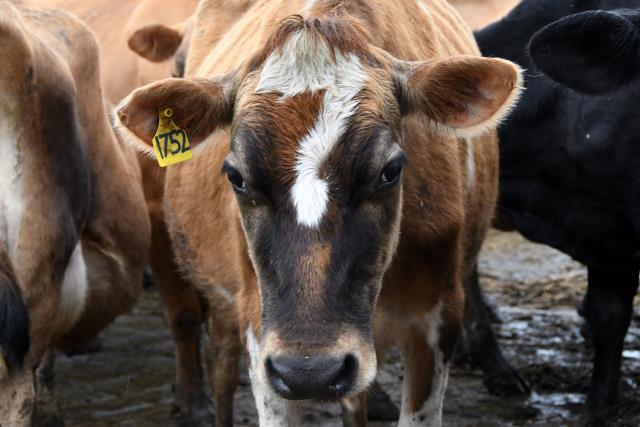Low female slaughter and positive bull sale results point towards strengthening of the herd rebuild, according to Meat & Livestock Australia (MLA).
The female slaughter rate (FSR) is a technical lead indicator of whether the national herd is operating in a rebuild or liquidation stage. The FSR tracks the number of female cattle processed compared with the total as a percentage.
In the June quarter, albeit slightly higher the lowest figure in a decade in Q1, the national FSR sat at 44 per cent. Over the past 12 months, the FSR has averaged 44 per cent nationally which supports MLA’s current cattle projections for a 5.6 per cent rise in national numbers in 2022 due to the high retention of females.
Queensland and South Australia are both operating significantly lower than the national average at 35.1 per cent and 34.7 per cent, whilst NSW’s FSR in Q2 was 41.7 per cent.
MLA senior market information analyst, Ripley Atkinson, said the state figures highlighted producers’ rebuilding attitudes.
“We’re seeing producers with a retaining a higher percentage of females on farm which will drive a longer-term positive outlook for the strength of the rebuild with larger calf drops for each season moving forwards,” Mr Atkinson said.
“Across large parts of the eastern seaboard, on average the 2022 spring bull sale season, clearance rates and numbers of bulls offered and sold have also been high.
“The correlative relationship between producers purchasing more bulls during this selling season and the lower FSR’s demonstrates producers either intend to or have females available to be joined to increase their herd numbers on farm.”
Whilst at a general level, averages across most sales have been higher, demonstrating medium-term confidence in the industry for producers to invest in genetics and improve the performance of their herds.
“The trends point towards a strengthening of the herd rebuild as female retention on farm rises in line with increased offerings and clearance rates of bulls purchased by producers to join to the retained females.”
The effects of this retention of females and larger numbers of females joined won’t be fully appreciated or felt until these calf drops reach processor weights from grass or complete their feedlot programs. The results promote confidence for the medium-term in both availability of supply and producers’ outlook.







